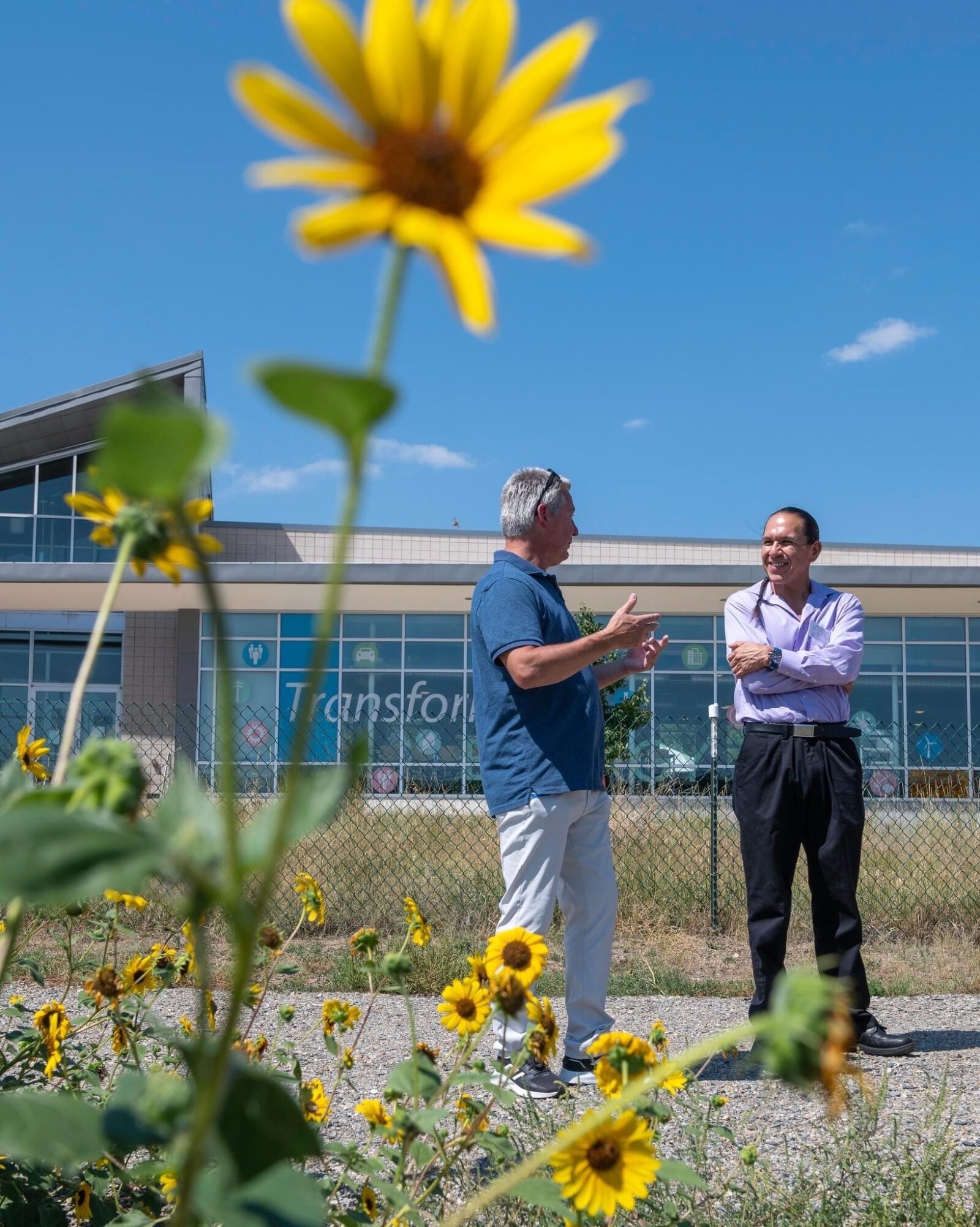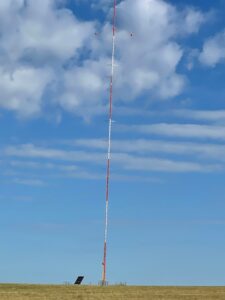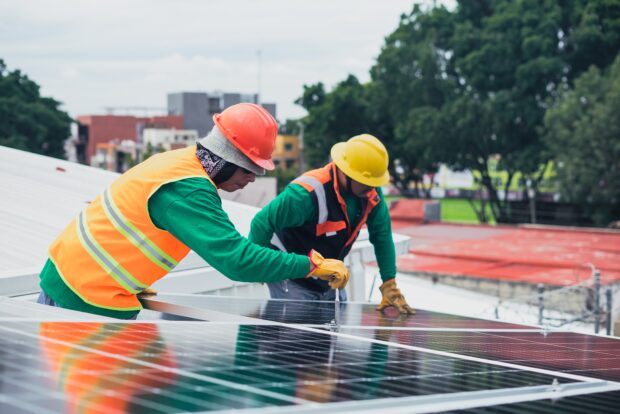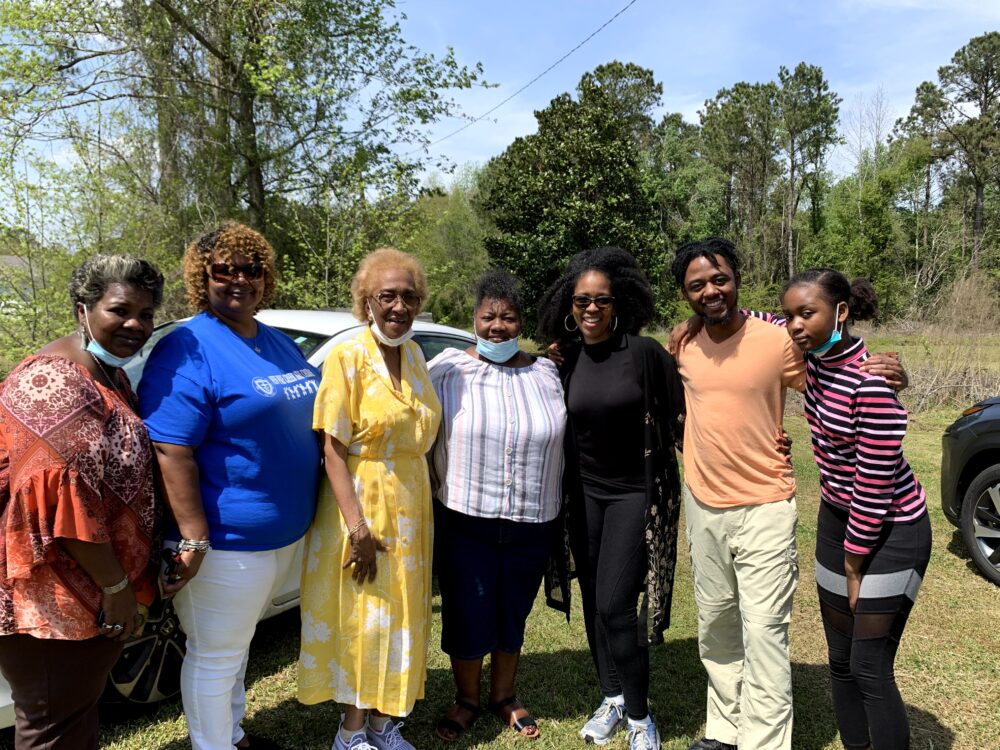We have much more to do and your continued support is needed now more than ever.
Breaking the System: How to Create an Equitable Clean Energy Future

Trust, inclusivity, recognition—these are the elements of an equitable clean energy future. And they are just as important as solar panels or batteries or engineers.
That was the message of clean energy business owners and advocates at NWF’s recent Clean Economy Coalition of Color roundtable, Building Equity into Clean Energy: How Leaders of Color are Changing the Space.
These leaders gathered as historic federal clean energy investments—from the Bipartisan Infrastructure Law and Inflation Reduction Act—start flowing to states and communities.
The climate and energy investments in the Inflation Reduction Act alone, which total $370 billion, are expected to cut U.S. emissions by 40 percent by 2030. Both bills have the potential to bring major environmental and economic benefits to communities, particularly those most impacted by the climate crisis. But only if we get the implementation right.
“The system wasn’t created with equity, yet we’re trying to get to equitable outcomes. And so how do we break the system to actually create equity?” said Jennifer Yoshimura, Energy Justice and Equity Leader and Project Manager at Pacific Northwest National Laboratory, a roundtable panelist.
Yoshimura and other panelists shared their perspectives on how to “break” the system: remove onerous technical and cost-sharing barriers, understand how energy intersects with issues like transportation and food security and health, lead with community instead of technology, and make sure everyone is at the decision-making table.
Decision makers need to “trust some of the voices that are in this room today,” said John Red Cloud, Managing Director of Red Cloud Renewable. “We know what’s best for us.”
Red Cloud Renewable is a first-of-its-kind nonprofit offering culturally sensitive renewable energy training and education to Tribal members. It came together as a vision of Red Cloud’s father, Chief Henry Red Cloud. “He believes that we are walking this prayer forward.”
Trusting community voices also means letting communities define themselves. “Being called disadvantaged communities … that’s not who we are. We’re survivors,” said Joseph McNeil Jr., General Manager of SAGE Development Authority. “We’re not necessarily living in poverty. We’re surviving, we’re thriving. We have the vision to move forward.”

A meteorological evaluation tower (or MET) from SAGE Development Authority. METs are wind measuring towers used to verify the wind characteristics at a potential wind farm. SAGE is working to build the Anpetu Wi Wind Farm on the Standing Rock Reservation. Photo courtesy: SAGE Development Authority
SAGE is the first Native-owned public power company, dedicated to community development, institution-building, and self-determination for the Standing Rock Sioux Tribe.
A stronger clean energy workforce
Panelists also stressed the importance of building a clean energy workforce. The solar workforce alone needs to double or triple by 2035 for the U.S. to meet our climate and clean energy goals, said Adewale OgunBadejo, Vice President of Workforce Development at Grid Alternatives, the nation’s largest nonprofit solar installer.
“Just as much as we’re investing in the infrastructure, we need to invest in equitable workforce development,” OgunBadejo said.

“In our communities, we work with individuals who are justice-involved. We work with individuals who are unemployed or under-employed. Young people that never had bank accounts. It’s one thing to get them into jobs. But how do they keep these jobs? How do they build them into careers? We need to make sure that we’re doing this work in a way that’s holistic.”
Watch the full roundtable here, and learn more about the Clean Economy Coalition of Color here.





















